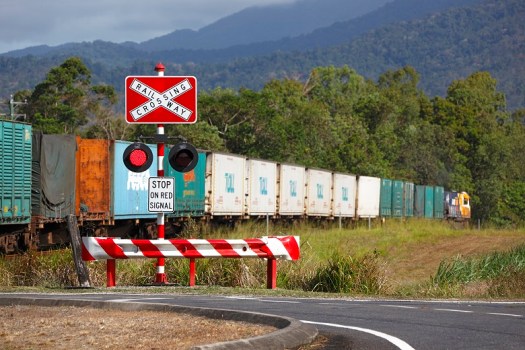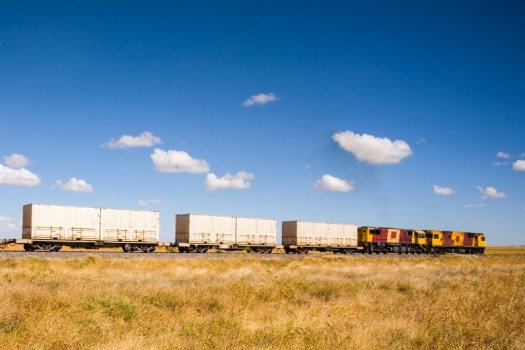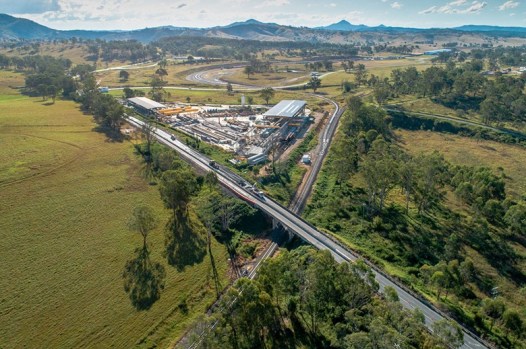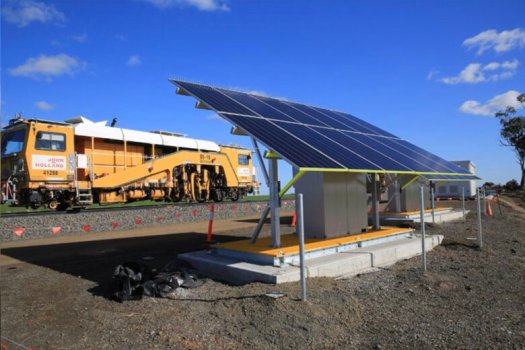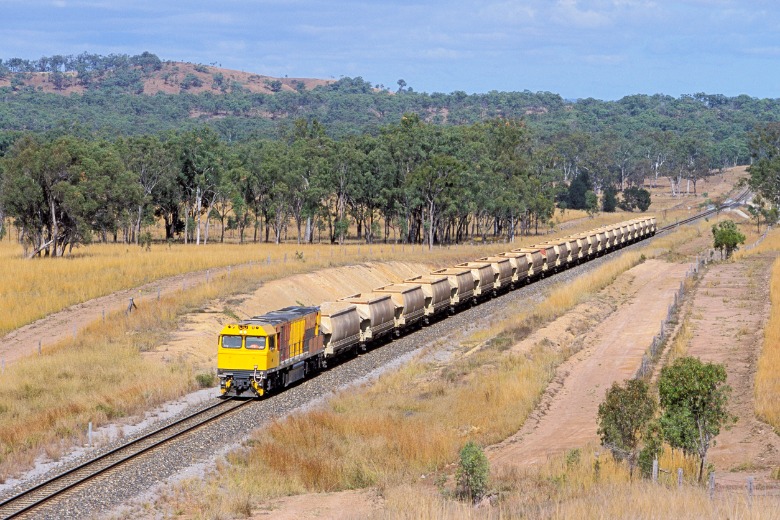
A Queensland council at the centre of a battle against the Inland Rail project has welcomed recommendations to ban double-stacked trains from traveling through Brisbane and its environs.

Dr Kerry Schott’s independent review of the proposed inland rail between Melbourne and Brisbane was released by the government last week.
Among a raft of recommendations, it proposes building an intermodal terminal at Ebenezer, near Ipswich, saying there is “no feasible way to operate 1,800 metre double-stacked freight trains” within the city environs of Brisbane.
The government has given in principle support to the proposal, including focusing on finishing the Melbourne to Parkes and Narromine portion in NSW, and deferring the portion from Parkes to Brisbane.
“For north of Narromine, the work is underway to … to provide more certainty that the project can be built to an agreed budget and timeframe,” the government said in its response.
City of Logan Mayor Darren Power says for local residents, it means the route for double stacked carriages will effectively end at the new terminal, with only single stacked trains continuing through Logan.
He described it as a ‘David and Goliath’ victory for Council, which had argued that the original plan would cause noise, vibration and air quality issues for nearby residents.
“After years of standing firm on our opposition to the proposed Inland Rail, I was delighted to hear the news,” he said.
“We know the route was selected without consultation and impacted residents did not get an opportunity to have their say on the route or offer alternatives.”
Important project
Dr Schott says Inland Rail is an important project to move freight from roads, reducing emissions and congestion, however it is late and over budget. She also raised concerns about the project’s governance and management.
The review projects the cost of the program will blow out to $31 billion – double original estimates – and won’t be finished this decade.
“The ARTC estimate of the cost of the project has increased by an astonishing amount when compared to 2020. Two years ago, the estimate was $16.4 billion and now it is about $31 billion,” Dr Schott says.
She added it was ‘somewhat surprising’ that delivery of the project had started without knowing where the line would start or finish.
Uncertainty about cost, completion
She says she is “deeply worried about the level of scope maturity across the project as a whole” which make it difficult to have any certainty about how much the project will cost and when it will be finished.
She also said delivering Inland Rail as a division of the Australian Rail and Track Corporation (ARTC) had created significant governance, budgetary and management risks.
With about $900 million revenue and complex operations across Australia, this business needs a capable board.
Dr Kerry Schott
“The Inland Rail project is managed as a division of ARTC, a Commonwealth-owned Government Business Enterprise, and reports to the ARTC board through a sub-committee set up to oversee the project, and also through the CEO of ARTC,” she says.
“The problem is that the board and its sub-committee do not have adequate skills to oversee this project.
“With about $900 million revenue and complex operations across Australia, this business needs a capable board.”
She makes 19 recommendations including:
- Inland Rail should cease being managed as a division of ARTC and be set up as a subsidiary company established for the sole task of delivering this project
- strengthening the governance arrangements and appointing a CEO
- reviewing ARTC’s risk management and reporting systems
- a further assessment of the scope and cost of Inland Rail
- revising delivery plans
- developing intermodal terminals in Melbourne and Brisbane
‘Too important to stuff up’
The government has released its response saying it accepts all recommendations in full or in-principle.
Announcing the appointment of Dr Schott, a former Energy Security Board chairperson, to lead the review last October, Infrastructure and transport minister Catherine King said the Inland Rail was needed to increase the capacity and resilience of the national freight supply chain and was “too important to stuff up”
Last Thursday Ms King said an independent cost estimator and value engineer will be tasked with undertaking ‘detailed assurance work’ to determine an updated cost and schedule for the program.
The government will also establish a subsidiary board of ARTC to oversee Inland Rail as a separate entity in line with Dr Schott’s recommendations.
“Dr Schott’s report is clear. Inland Rail is behind schedule, over budget and requires a fundamental reset,” the minister said.
Rail industry welcomes report
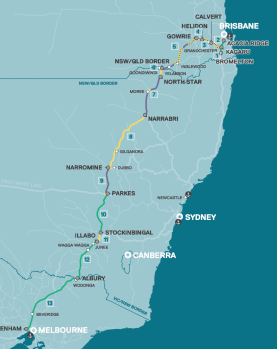
Australasian Railway Association (ARA) Chief Executive Officer Caroline Wilkie said she hoped the report would result in the acceleration of what was a vital project and provide more clarity on the route and future operation of Inland Rail.
“We must move more freight on rail to meet growing demand and respond to the climate crisis. It is absolutely critical that Inland Rail is delivered as quickly and efficiently as possible.
Ms Wilkie said it was reassuring to hear today that the government was committed to delivering the entire 1700km track and having it operational by 2027.
“It is critical that there is certainty around the route beyond Parkes and we look forward to seeing approvals and more detailed costings being determined as soon as possible.”
The ARA also strongly supported the recommendation for Inland Rail to be established as a subsidiary company, which would enable ARTC to focus on the management and resilience of the wider national rail freight network.
Comment below to have your say on this story.
If you have a news story or tip-off, get in touch at editorial@governmentnews.com.au.
Sign up to the Government News newsletter
